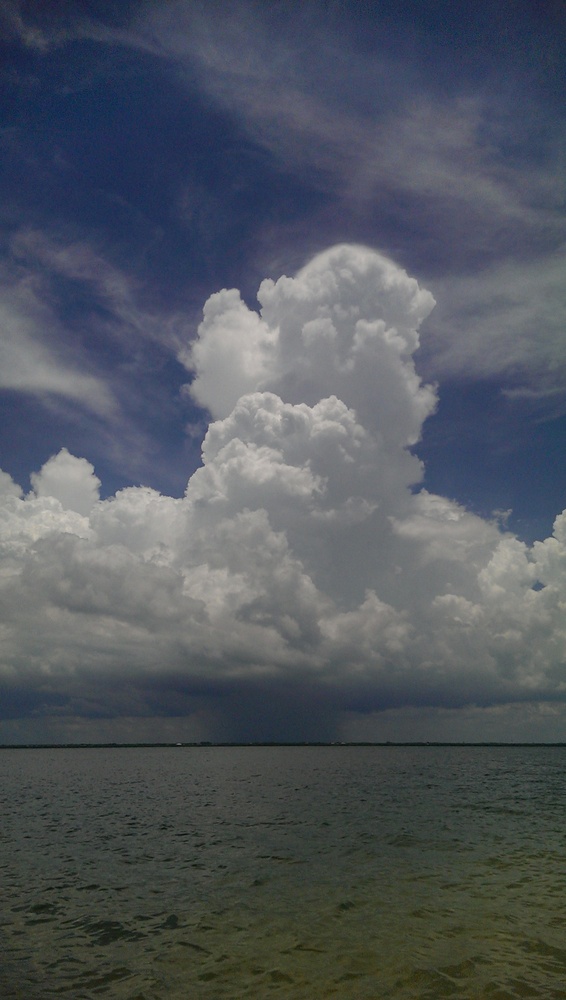Mack is back was the message from the Sunshine Skyway Fishing Piers as we approach the summer solstice. The longest days of the year will occur over the next week and that gives visitors plenty of time to pursue Spanish mackerel. Many fine mackerel bites were recorded this past week as visitors not only saw limits, but also plenty of large fish that made drags sing and wreaked havoc on lures. Mangrove snapper and spotted seatrout continue on one of the most consistent bites in many years and a few lucky anglers were able to take limits of both species. Good numbers of jack crevalle and blue runners joined in the mix of fish attacking vulnerable baitfish schools. Several nice flounder were picked up by anglers fishing the artificial reefs and approach sections for other species. Gag grouper remain a star attraction for landlocked grouper diggers.
Spanish mackerel returned to a great bite along the entrance and end sections of both fishing piers over the past week. Mackerel have been surprisingly difficult to pattern this entire season, but the uptick in action this past week was notable. Although fish can be anywhere along either structure, it seemed that both greater numbers and higher quality fish were found at pier extremes. Many fish were hunting near the surface as huge schools of baitfish were feeding amongst clumps of sea grass towards both the end & turn of the tidal cycle. A series of westerly winds in the region made the sea grass clumps even more common than average. The baitfish were keying on microorganisms in the grass and the mackerel were ambushing them with a vengeance.
When anglers see mackerel rising to and/or slashing at baitfish schools, a presentation to target fish near the surface will produce both more bites and larger fish. Fishing for surface-feeding mackerel is perhaps easier with artificial lures, but it can also be accomplished by live or natural bait methods. Perhaps the two hottest methods of top water fishing for mackerel with lures at the piers include ‘water walking’ a spoon and bubble float popping a white fly. Water walking a silver or gold spoon employs a weighted popping cork, a 6 foot leader and a single hook spoon. Bubble float popping employs a casting bubble partially filled with water, a four foot leader and a northeastern-style striper popping fly. The cork and bubble float are used to agitate the surface while the spoon or popper darts behind. These methods are not only highly productive, but also extremely entertaining because the savage strikes occur right in front of your eyes.
Jack crevalle and blue runners joined the mackerel in surface feeding on baitfish schools. Both species are members of the Jack Family of Fishes and are fantastic fighters. Many anglers use smaller specimens as top-notch and durable grouper baits, but both can perform well on the table if prepared properly. Jacks and runners will take most mackerel presentations, but targeting them specifically with either pompano-style or white nylon jigs is sometimes more productive. If looking to cook these species, bleed them quickly in a bucket of water before placing them on ice. The largest crevalle are best when limited to use in rich or spicy soups & chowders.
Some nice flounder were taken by anglers targeting species such as grouper, trout, snapper and snook. These tasty flatfish absolutely love to sit on the first few feet of sand near any reef, rock or hard bottom content. Free-lining or bottom-bouncing scaled sardines, pinfish or shrimp will connect most times, and dragging a 3/8 oz. jig with a swimming tail produces nearly as well. If you know some true doormats are in the area, take the extra time to procure some live finger mullet or mud minnows along the mangroves. Often the real toad flounder simply cannot resist these tasty mangrove morsels.
- The Skyway, Paul Bristow - August 24, 2018
- The Skyway, Paul Bristow - August 17, 2018
- The Skyway, Paul Bristow - August 10, 2018










